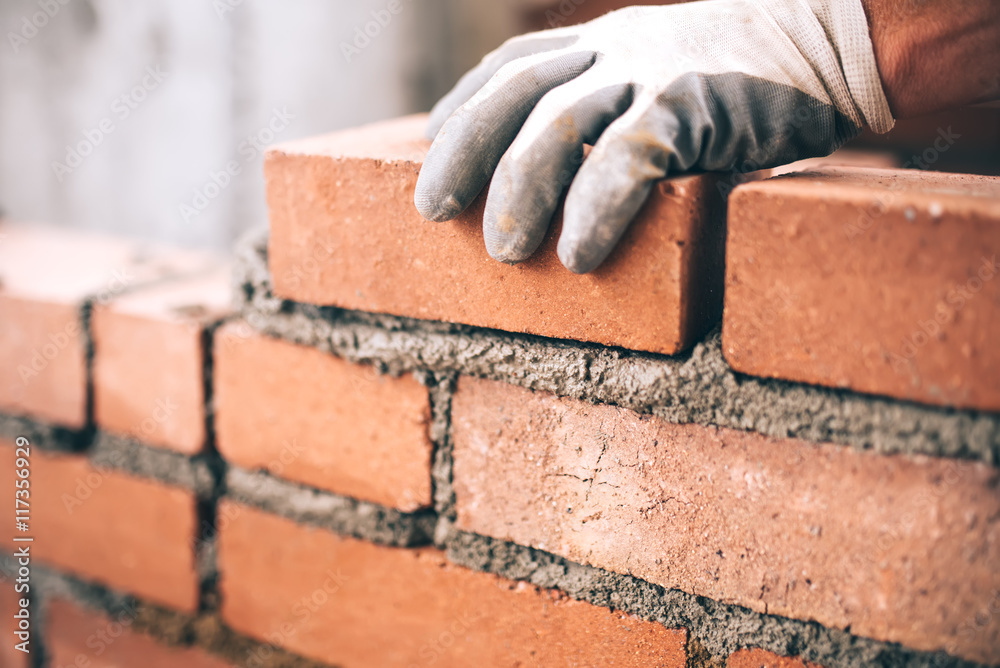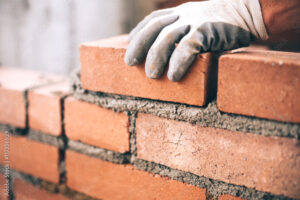Whether you’re an expert in your field or know little about many things, there is a market for your knowledge. But before you start selling your expertise, it’s important to understand how this works. Identify your audience and build an email list. Sell Your Knowledge Review will give you an audience to sell your products to.
Identifying your niche is an important step to starting a profitable business. A niche can help you distinguish yourself from your competitors and build brand loyalty with your customers. It also allows you to tailor your products or services to meet the needs of a specific audience, which can improve customer satisfaction and sales.
Choosing a niche requires some research and brainstorming. To begin, make a list of your strengths and interests. These might include hobbies, skills, or experiences you have that are unique to you. You can also take some time to browse online communities and look for questions that people are asking. You might also find comments on websites or review sections that could provide you with good ideas for your niche.
Once you have a list of possible niches, do some research to see how competitive the market is for these topics. You can do this by searching online for keywords related to your niche. If there are already many sites ranking well for these keywords, it may be difficult to compete with them. On the other hand, if there are few sites ranking well for these keywords, it may indicate that the market isn’t as saturated as you thought.
Once you have a few niches that you’re interested in, test out their viability by creating a landing page and offering a free product or service. This can be a great way to validate your idea and determine whether it’s worth investing in.
A website is a collection of web pages that share the same domain name and are related to one another in a logical way. Websites are hosted on computers that are connected to the Internet and can be accessed by people worldwide 24 hours a day. Websites come in a nearly infinite variety, but most follow a similar pattern of a home page that links to other pages with different types of information.
A website is an assortment of web pages that are logically connected to one another and use the same domain name. Websites are accessible to individuals all over the world around-the-clock and are housed on computers that are linked to the Internet. Although there is an almost unlimited variety of websites, most have a main page that leads to additional pages with various kinds of information.
There are many reasons to create a website, including building brand awareness, facilitating digital transactions, or presenting a personal portfolio. Websites also provide a way to collect email addresses, which can then be used for marketing purposes. This is a valuable tool for businesses that want to stay in touch with their audience.
When creating a website, it’s important to identify your goals and target audience. This will help you to plan the layout and content of your site more effectively. Your goal should be to create a site that provides value to your audience, which will in turn drive traffic and sales. Whether you’re looking to promote a product or service, your website should be designed with these objectives in mind.
There are many different types of websites, such as blogs, forums, news sites, social media, and ecommerce websites. Each has a unique purpose and offers a different type of experience to visitors. Blogging websites, for example, allow you to share your thoughts with the world and build a community around your interests. They are a great way to generate traffic and improve your search engine ranking.
An email list is a collection of valid email addresses that are submitted by people who have opted in to receive updates and content from your business. It is a great way to market your products and services, and it can be used as an ongoing channel for interacting with customers and prospects. Email lists can be managed by using an email marketing software platform such as Moosend, which provides tested and effective subscription forms to boost email signups, as well as advanced segmentation options to maximize the effectiveness of your campaigns.
One of the best ways to build an email list is to offer incentives to your audience. For example, hair care company offers exclusive access to new products and promotions as an incentive for subscribers to sign up. By providing value, you can encourage your audience to share your messages with their friends and family, expanding your reach.
In addition to offering an incentive, it is important to make sure that your audience has a clear and easy way to opt out of your emails. This is critical to avoid unsubscribes and other complaints that can damage your reputation. To ensure that your unsubscribe option is transparent and easy to find, it should be available on every page of your website.
As your business grows, you will want to continue to segment your email lists to ensure that you are delivering the most relevant content possible. You can use email marketing tools to collect additional data points, such as demographics and location, from your website visitors. This data can be used to personalize future messages and create more effective campaigns. By following these two steps, you can begin to build a quality email list that will help your business grow.
The internet is loaded with information that helps people do their jobs or enhance the quality of their lives. Use this knowledge to promote your products and services. For example, provide outlets on your website for customers to comment and ask questions about your products or services. You can also create an online community, host webinars, publish e-books and whitepapers, or become a tutor.
To build an audience, start by creating a free resource that solves a problem. For instance, offer a short PDF or video tutorial on how to use Microsoft Office. This builds an audience that you can monetize later.
Once you’ve identified your area of expertise, it’s time to create content that meets the needs of your target market. For example, you can produce a podcast that allows people to listen while they drive or exercise. This will help them retain the knowledge they’ve gained while learning. You can also sell your knowledge via an email newsletter. This is a great way to reach out to new customers and get them familiar with your brand.
Knowledge Commerce is a lucrative business that can help you build an audience and monetize it. It allows you to create and distribute learning content that can be accessed at any time. You can make money by creating online courses, podcasts, webinars, e-books, whitepapers, and even coaching services.
You can personalize your products based on the preferences of your audience. For example, you can produce audio-only versions of your videos if that works best for your audience. You can also use Loom, a video creation tool that lets you record yourself and your team.
For example, Josh is an expert in PhotoShop and enjoys sharing his knowledge with others. He has a lot of friends and followers asking him questions, so he decided to create a series of short videos on PhotoShop techniques. He also offers private sessions on video calls to help his students. His website includes his video tutorials and a link to his coaching services. He also offers a free PDF on how to get the most out of PhotoShop. His audience loves this format and he is now making a full-time income from his knowledge commerce website.








 Inspection Reports
Inspection Reports




 Taking Inventory Of Your Assets
Taking Inventory Of Your Assets

 Not every relationship needs counseling, but those who face higher risks of dissatisfaction and divorce. These couples may need to learn effective coping skills and build a stronger bond.
Not every relationship needs counseling, but those who face higher risks of dissatisfaction and divorce. These couples may need to learn effective coping skills and build a stronger bond.